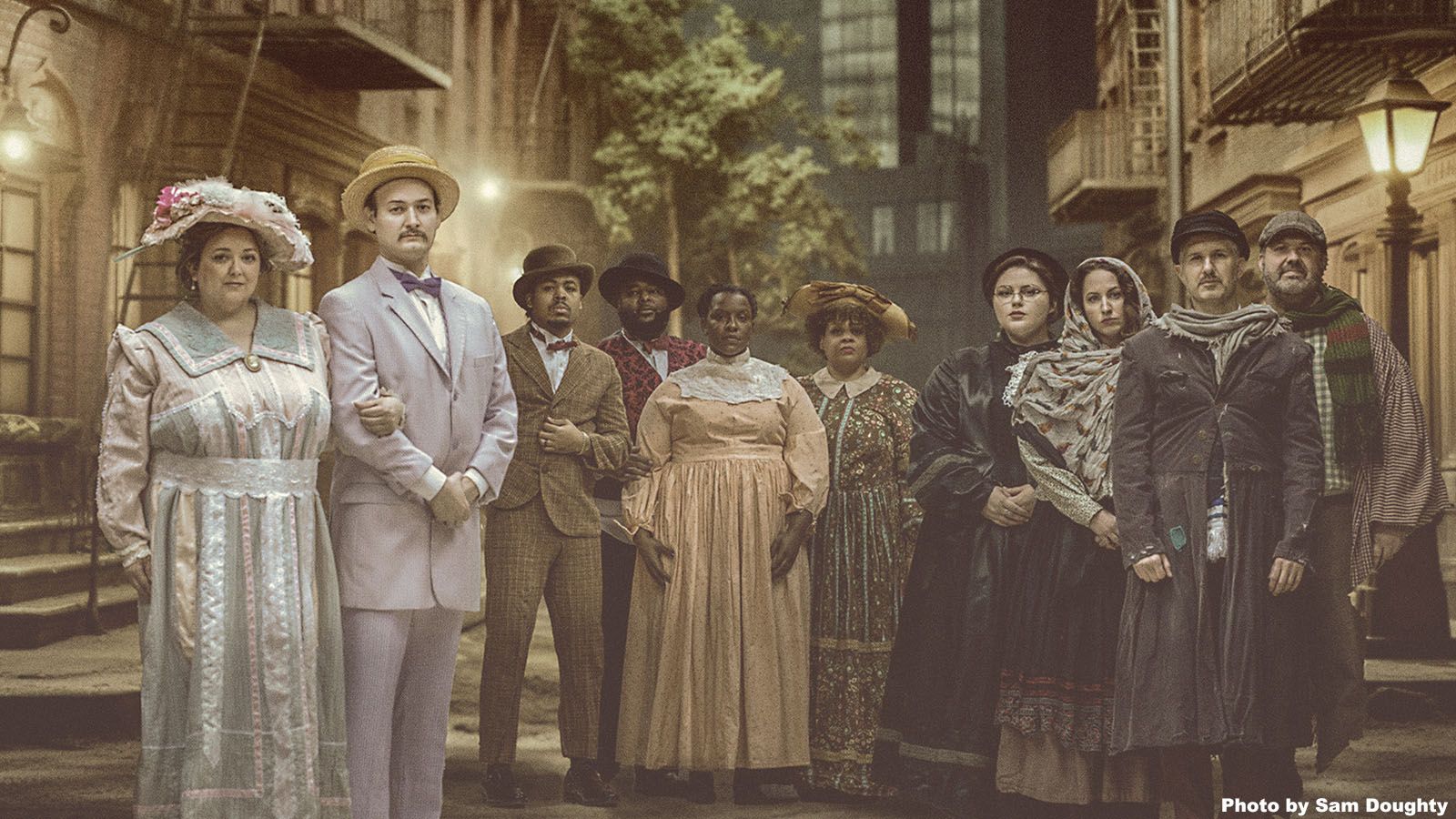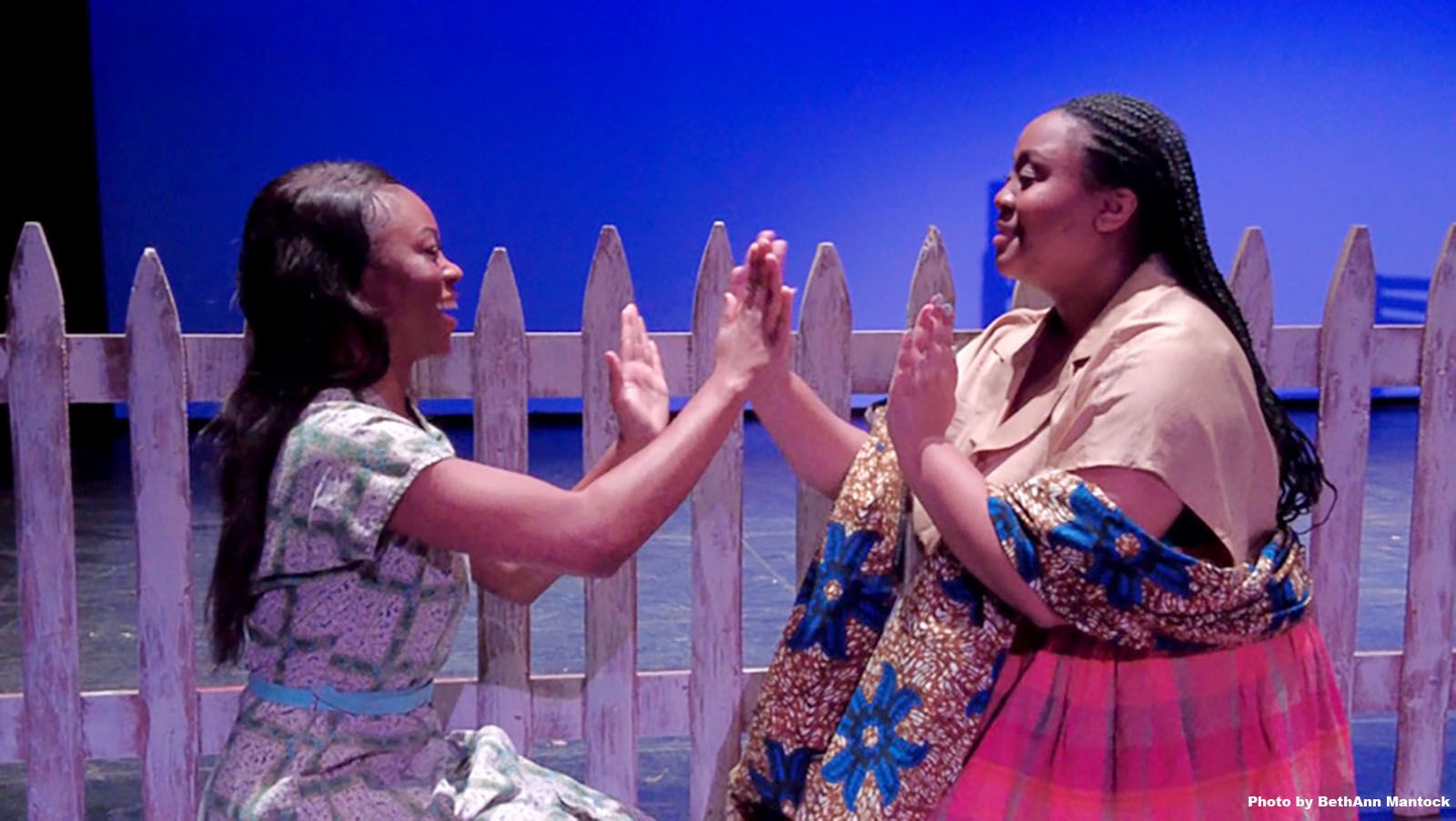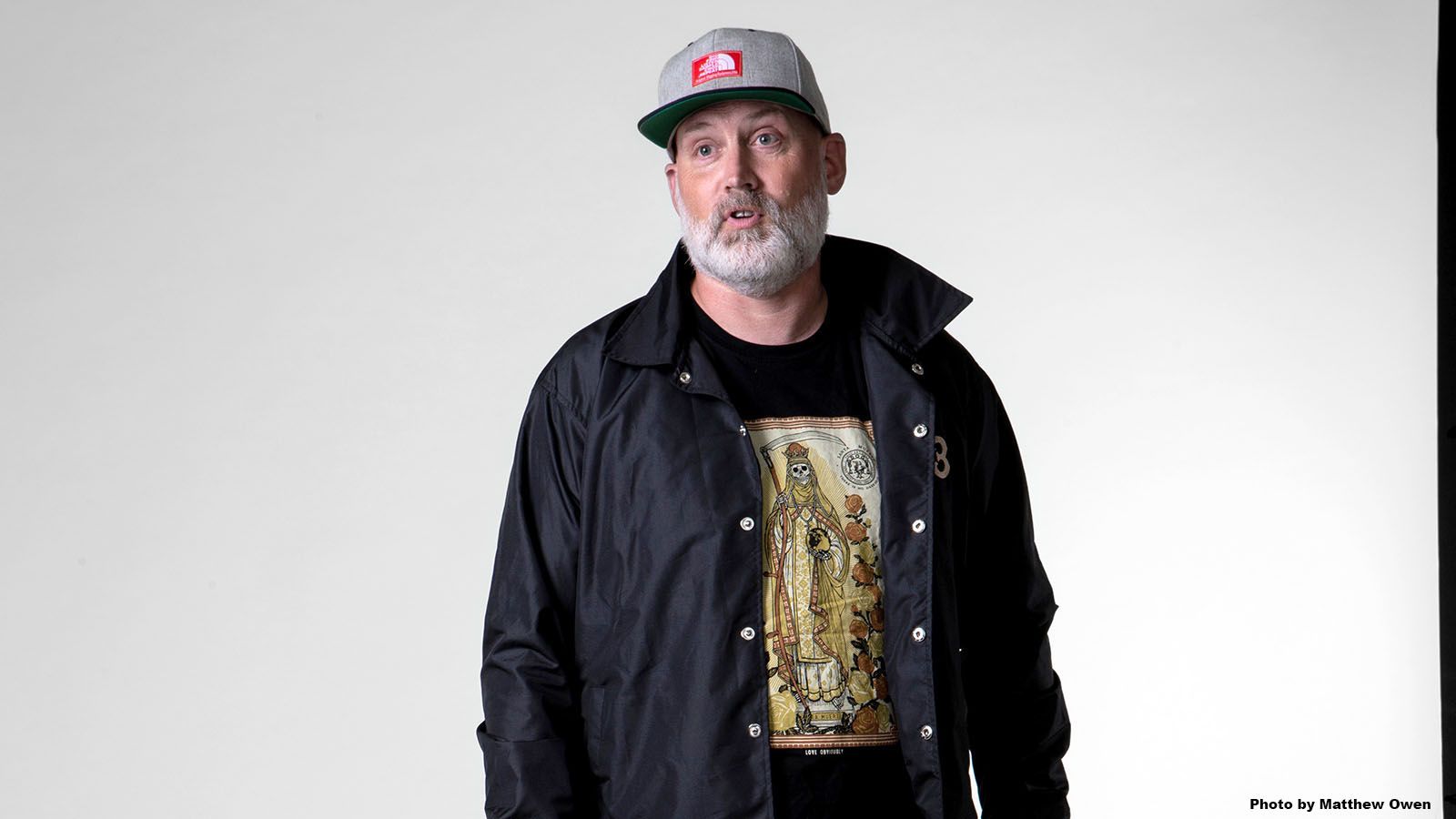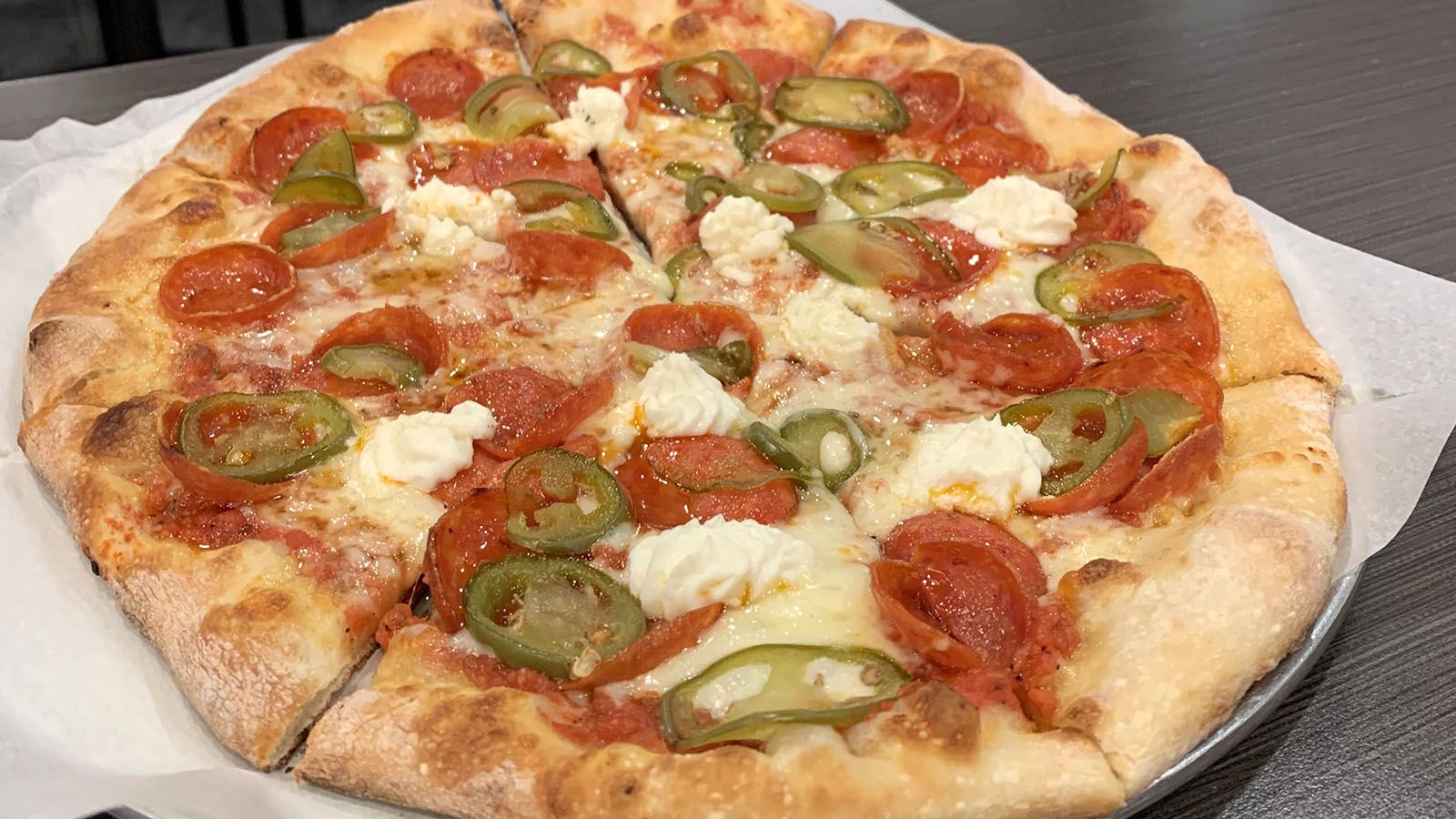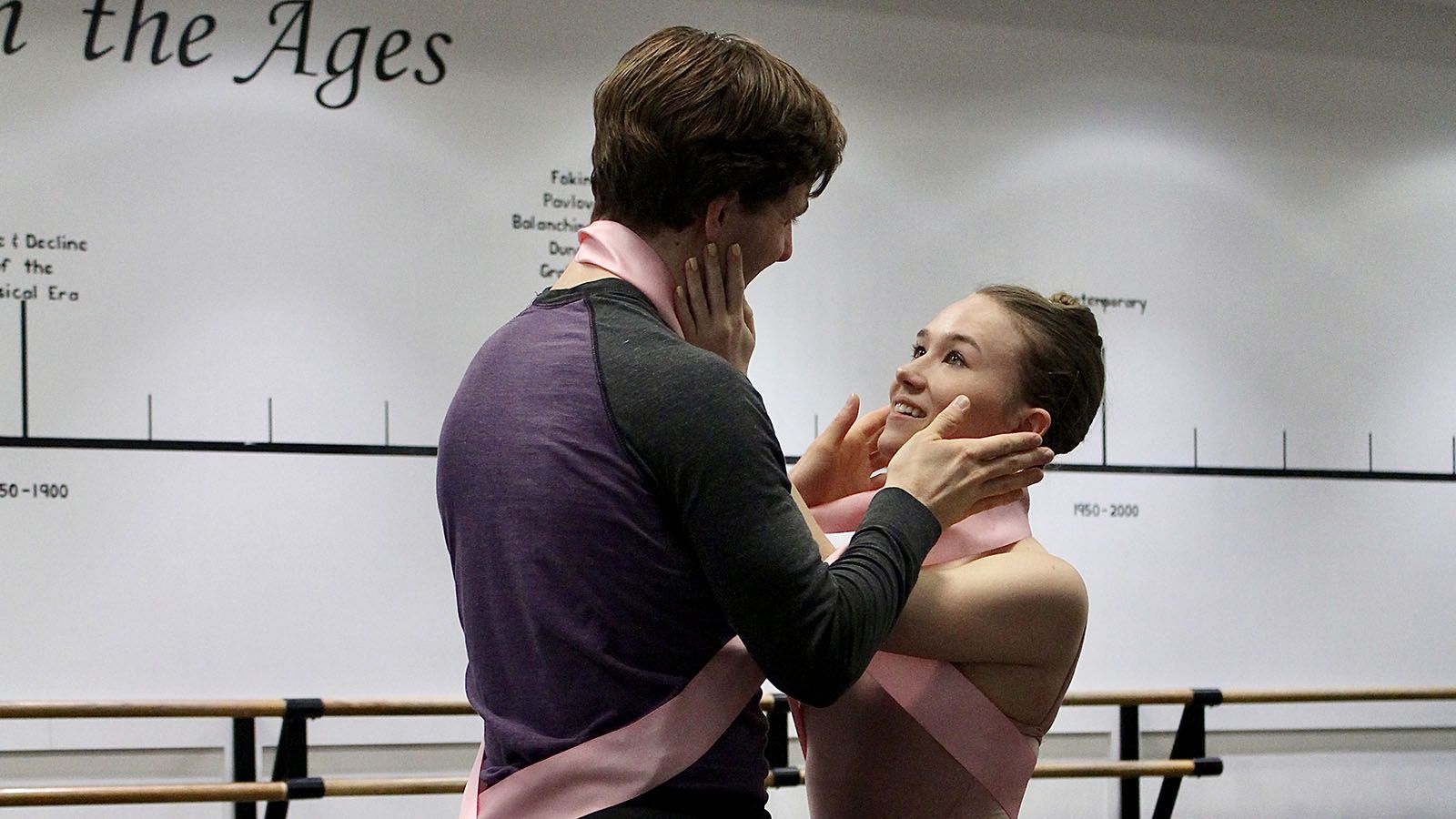As we wander through downtown Fort Wayne going about our daily business, it’s easy to see the impact the arts have had on our community. There are sculptures every few blocks, five performance venues, beautiful murals on the sides of buildings, and bandshells that you find in Library Plaza and Headwaters Park.
But what about the things, or rather the people, who often go unnoticed?
Those who are homeless are often found near these artistic sites.
‘Ragtime the Musical’
Genesis Outreach
7 p.m. Friday-Saturday, Feb. 9-10
2 p.m. Sunday, Feb. 11
7 p.m. Friday-Saturday, Feb. 16-17
2 p.m. Sunday, Feb. 18
USF Performing Arts Center
431 W. Berry St., Fort Wayne
$15-$25 · (260) 744-2800
The past 35 years, Genesis Outreach has been helping those less fortunate to find help with addiction and ultimately reunite with their families.
To celebrate, Genesis Outreach is pulling out all of the stops with its annual theater production. This year’s show is based on Stephen Flaherty and Lynn Ahrens’ Ragtime the Musical, a story of three families of differing social classes at the turn of the 20th century.
There will be six performances of Ragtime the Musical at University of Saint Francis’ Robert Goldstine Performing Arts Center in the heart of downtown, beginning Friday, Feb. 9.
Life imitating art
Ragtime weaves together the stories of a stifled upper-class wife, a determined Jewish immigrant, and a daring young Harlem musician — united by their courage, compassion, and belief in the promise of the future.
Innate in these stories are timeless contradictions of wealth and poverty, freedom and prejudice, hope and despair.
“One of the things that we try to do when we go to select shows is that we tend to pick shows that will speak to the heart of our organization and the work we do and for the needs that we see in our community,” said Albert Brownlee, who serves as producer and leading actor, playing Coalhouse Walker Jr.
“The organization serves over 350 clients daily,” said Brownlee, who also serves as chief compliance officer at Genesis Outreach. “That encompasses three major programs. One is homeless housing for families. There’s also homeless housing for individuals and persons who are what we call chronically homeless. That means they would have experienced three to five or more episodes of homelessness in a certain period of time. And then we also still have a recovery program, which is transitional living, where mothers who are overcoming drug and alcoholism reunite with their families in permanent housing.”
Selecting a show
The timelessness of the struggle that Ragtime’s characters face really appealed to Brownlee as Genesis Outreach was selecting their show.
“What’s been most interesting about this show of Ragtime is that even though it is literally set at the turn of the century and the early 1900s, it is dealing with racism, it’s dealing with immigration, it’s dealing with women’s rights. Although it’s been over 100 years, our country is still dealing with racism, still dealing with immigration, still dealing with women’s rights.
“And so we felt this production is really pivotal because there will be things in it that will absolutely show how far we’ve come but it also shows us how far we need to go.”
Strike up the band
Something special about this production of Ragtime is that Genesis Outreach is using a live orchestra.
“I’ve worked with organizations that use tracks some of the time. It is a good option for music if you know what you’re dealing with,” director Leslie Beauchamp said. “But if you ever have the opportunity … sometimes I think you have to be intentional about making the opportunity to work with live musicians. There’s just nothing better.”
As an actor, Brownlee agrees.
“I think, as an actor, it gives you the space to do more,” he said. “There’s these incredible, small moments that Leslie, through her direction and through the direction of Brandon Porter, who’s the music director, they’ve been able to create these very small lifelike moments.
“Where the show stops, whether it’s for a handshake, or whether it’s for a gesture, whether it’s for that moment of anger or frustration to actually feel the room before moving on with the next lyric or the line. And that to me is what makes it much more realistic. And then it also allows for such beautiful underscoring to scenes that is extremely difficult to do when you’re doing the show to a track.”
While it’s preferred, working with live musicians on a score of this size is quite an undertaking.
“We’ve been working on this since the week of Thanksgiving,” Brownlee said. “We had a total of six weeks of music rehearsals with just the principals and then the entire cast had a month of music rehearsal for weeks before we went on a holiday break.”
But to Beauchamp, it’s well worth it.
“You cannot control your face. Big beaming smiles just come across all of our faces listening to these people,” she said. “These folks are so talented. You have a visceral reaction to them telling this story and singing these incredible notes.”
Strong cast
Beauchamp is very pleased with the cast as a whole.
“There’s definitely sparkle,” Beauchamp said. “Everywhere you look or you turn, you know somebody is just knocking your socks off, and they are so kind, everybody in this cast lifts everybody up. And that is, to me, always such a wonderful thing to see when you have a cast that cares about each other.”
Brownlee says he could not have asked for a better group.
“The cast is really so top-notch and it is one of, if not the finest, casts I’ve ever been a part of in this region,” he said. “And I’m not saying that as a ploy to get people to come see the show. It will speak for itself. The voices, the movement, the acting, everyone is just superb. And, and because it’s such an ensemble show where you have really fun characters throughout from principals to the ensemble players.”
 Submit Your Event
Submit Your Event